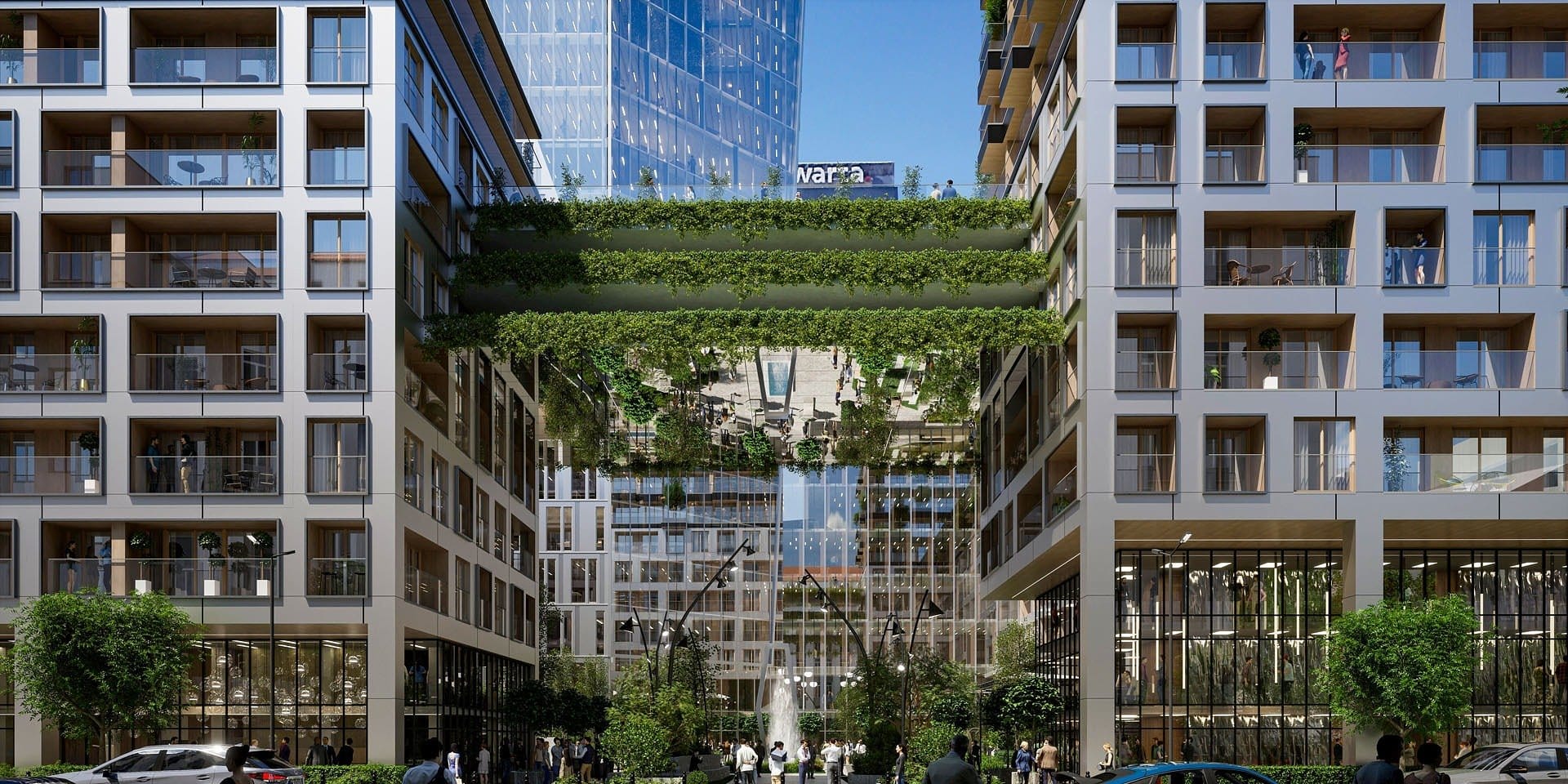The decreasing volume of office space under construction, together with further optimization of both the area leased by tenants and the overall operating costs of offices, characterised the office market in Poland in 2023. It was also another year in which both tenants and developers were grappling with the general cost of undertaking refurbishments, which continued to be quite high. Additionally, the “cost of money” did not favor a general policy of wide-ranging expansion; instead the market was characterized by caution.
The new supply in Warsaw will not exceed 70,000 sq.m in all of 2023, which is the lowest level in the history of this market’s statistics, while the number of offices in regions continues to grow. However, we are already noticing a significant decrease in the volume of space under construction on the main regional markets in Poland, which at the end of the year will reach a level of approximately 350,000 sq.m, approximately 40% less compared to 2022 and almost 70% less compared to the record year of 2017 when nearly 1.1 million sq.m was under construction.
By 2024, we will cross the boundary of 13 million sq.m of modern office space in Poland, with the regions outweighing Warsaw. However, when looking at office space saturation, Warsaw leads with 3.33 sq.m per capita, followed by Katowice (2.68 sq.m per capita), Kraków (2.21 sq.m per capita), and Wroclaw (2.01 sq.m per capita). Other cities do not exceed 1.5 sq.m per capita, with the lowest saturation observed in Szczecin (0.48 sq.m per capita) and Lublin (0.67 sq.m per capita).
Tenant activity remains at a relatively stable level. Throughout 2023, we can expect a general demand on the main nine office markets in Poland to be around 1.5 million sq.m, which will be comparable to the volume in 2022. Adjusting office space to meet hybrid work requirements results in companies no longer leasing “spare” space, and ongoing optimization results in a general decrease in the average size of transactions. Tenant activity in 2024 will depend on the overall macroeconomic situation and corporate policies regarding further expansion plans or cost-cutting pressures.
In 2023, regional office markets were setting records for the level of vacancies in existing office buildings (exceeding a total of 1.1 million sq.m), whereas in the capital, we observed a gradual decrease in the vacancy rate, especially in attractive districts. With the limitation of developer activity in the regions, we also expect to see a downward trend here, but in our opinion, each city will enter this phase at a different time, though by the end of 2024 all regional cities should see lower rates.
The year 2024 will be a continuation and an even stronger emphasis on optimization, quality-seeking, and striving for ESG compliance. Tenants will not only optimize the space, but will also increasingly seek buildings in convenient locations, with access to numerous amenities and services both within the building and in the vicinity, well connected, but also in line with the latest ESG standards. Many buildings that do not meet these characteristics will have to decide about their future. Whether 2024 will be the year of modernization and changing the purpose of older office buildings – time will tell.
Author: Anna Szymańska, Director of Office Space at Newmark Poland.
